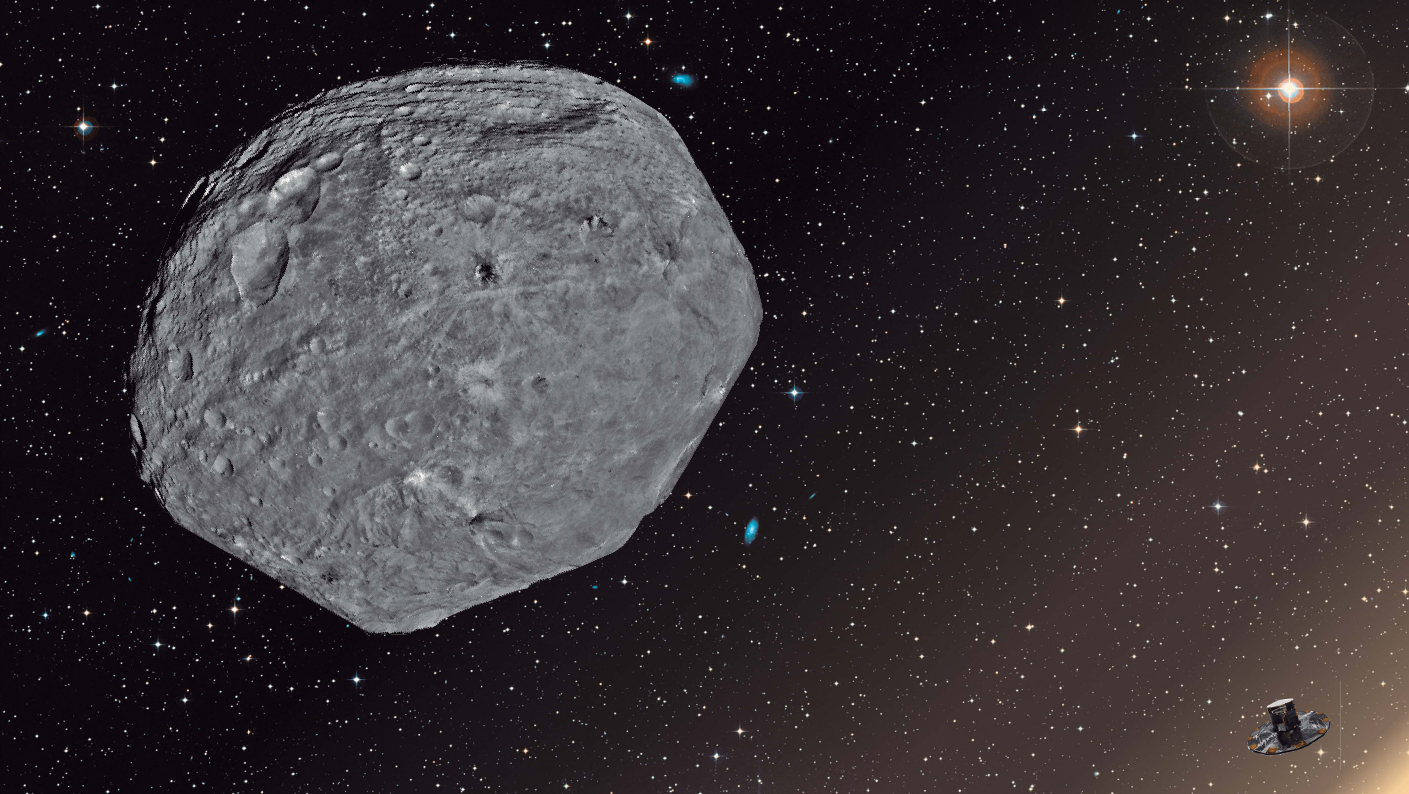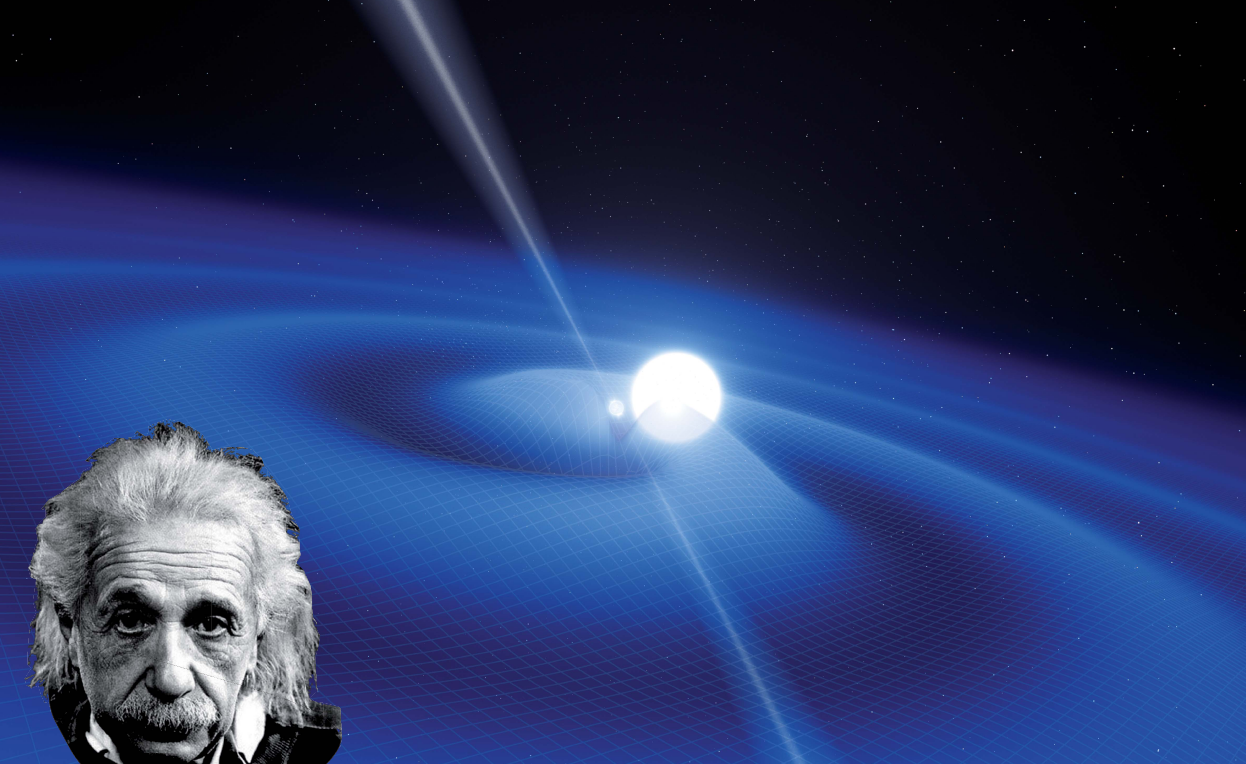Scientific Goals
Our Galaxy
As we cannot see our own Galaxy from outside, there are still a lot of unknowns about its structure. With Gaia we will solve many of these unknowns. How many spiral arms our Galaxy have? two or four? How the stars move when they cross these spiral arms? How the Galaxy was formed? The motion of the visible matter in the Galaxy reveals important information about the non-visible mass. Gaia give us more details about this dark matter.
The stars
The stars are the most visible components of galaxies. Stars move through the space around the galactic centre and evolve in time scales of thousand millions of years. As the human life is very short in comparison with these time scales we can only infer things about the life of stars by observing many of them and through comparison of their properties to create a timeline of their evolution. Astronomers create this timeline using the Hertzsprung-Russell (HR) diagram. Gaia provides the necessary data (intrinsic luminosity and colour) to produce the most detailed HR diagram ever built for our Galaxy. It also delivers the star chemical composition to understand the chemical enrichment of the interstellar medium.
Other Gaia discoveries
Besides the billion stars, Gaia is also observing and discovering other types of objects. Gaia will discover at the end of the mission about 200,000 white dwarfs, 50,000 brown dwarfs, 30,000 extrasolar planets, 200 microlensing events, 200,000 asteroids (about a thousand of them with orbits close to Earth, potentially dangerous), 100,000 novae and supernovae explosions, 1-10 million of resolved galaxies, 500,000 quasars, …
Fundamental Physics laboratory
The high accuracy of Gaia observations allows to observe effects predicted by General Relativity, as the deflection of the light when passing next to a very massive body, which affects to the observed position of the stars in the sky. The comparison among the predictions done by the theory and the observations will be a very exigent test of this theory, refining one of the parameters of this theory (the γ parameter). Gaia observations will also check if the gravity constant G of Newton’s law is really constant with time.








